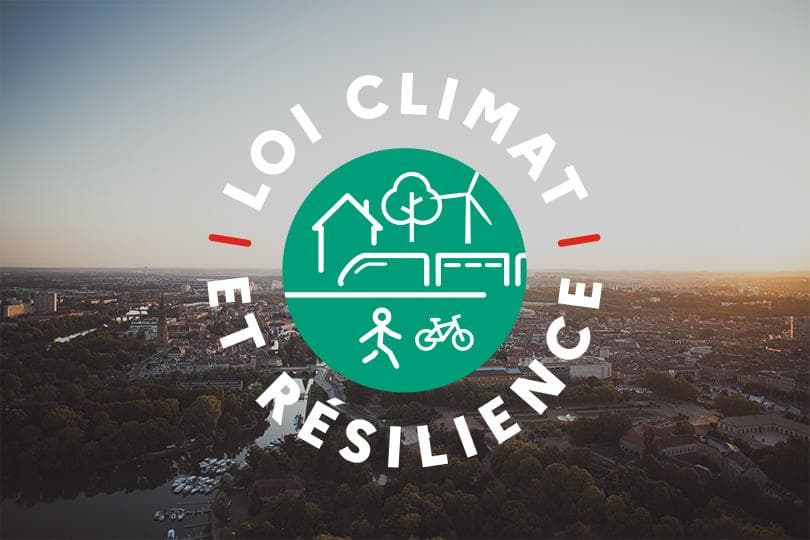Net Zero Initiative for Apparel and Footwear
Guidance on avoided emissions
Executive Summary
This is the guidance document to Pillar B of the NZI dashboard applied to the Apparel & Footwear sector. Pillar B aims to quantify a company's positive impact on greenhouse gas emissions of its ecosystem. We focus here on the contribution of a company's solutions to reduce their clients direct and indirect emissions compared to a reference situation. This report is divided in two parts:
- Part 1: the Apparel and footwear sector’s contribution to global neutrality.
- Part 2: the Apparel and footwear sectoral toolbox to estimate avoided emissions.
PART 1 – THE APPAREL & FOOTWEAR SECTOR’S CONTRIBUTION TO GLOBAL NEUTRALITY
Summary of challenges of decarbonization in the apparel and footwear sector
- Growth in production and consumption, along with a decline in the use of clothing increases the apparel and footwear sector’s GHG emissions. This makes it challenging to meet sector’s science-based reduction target through energy efficiency and decarbonization alone - without a decrease in production.
- For the sector to reduce its annual clothing production in terms of volume and to decarbonize its value chain, the consumer’s wardrobe, and habits must evolve. The wardrobe of the future should be slimmed down and rely mostly on existing clothes (second-hand, rental) and with less outgoing flow thanks to repair and long-lasting clothes.
Summary of Apparel and Footwear's role in decarbonization
- The only scientifically valid definition of “net zero” currently applies only to the earth itself. The Net Zero Initiative considers each company as an entity that must contribute to the goal of global and national carbon neutrality using a series of independent indicators to align a company's climate performance with the global net zero target.
- Pillar B is aimed at quantifying a company's impact on the decarbonization of its value chain, outside its own reporting scope (pillar A). A company's contribution to decarbonization - products, and services to avoid emissions i.e., their capacity to decarbonize their clients, in comparison to a reference situation.
- The main lever to reduce the sector’s emissions is to reduce the number of new garments and footwear produced, by increasing the number of times existing clothes are worn and by increasing the number of wears of new clothe; Reduction of the carbon footprint of new garments and footwear is also a lever.
- Avoided emissions claims should promote companies' decarbonizing products and services. However, since over-consumption is the sector's main issue in terms of GHG emissions, it is essential to limit these claims to those companies who do not encourage over-consumption. Eligibility criteria are therefore defined to restrict avoided emissions claims to only those companies whose business models are not based on over-consumption.
PART 2 – THE APPAREL & FOOTWEAR SECTORAL TOOLBOX TO ESTIMATE AVOIDED EMISSIONS
Summary of the toolbox content
This toolbox centralizes methodological results for the Apparel and Footwear sector and provides sector-specific methodological guidelines on avoided emissions, for each solution/context pairing. For certain solutions, the toolbox also provides detailed methodology sheets and a first estimation of avoidance factors (AFs) for a specific combination of solution and context.




























































